digital film transfer
mag42022-10-26T17:52:12+04:00Digital Film Transfer
Service
Refers to a new printing method that uses ultraviolet curing technology to create designs on films. These designs can then be transferred onto hard and irregular-shaped objects by pressing down with fingers and then peeling off the film.
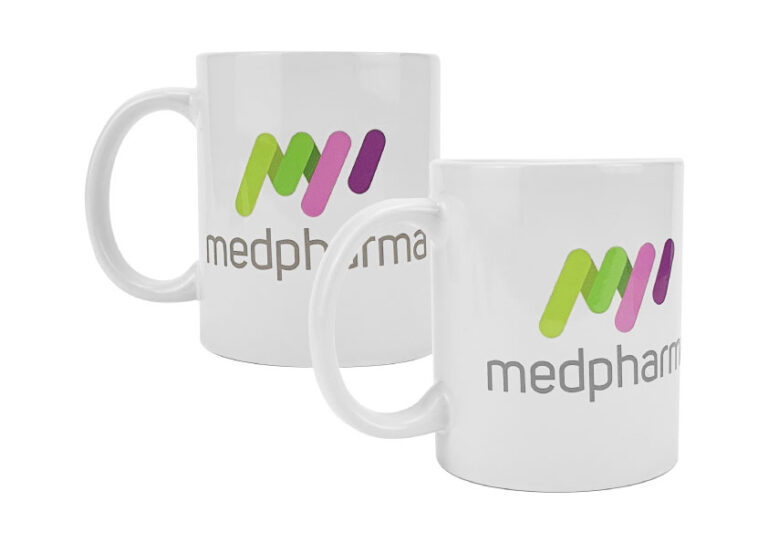
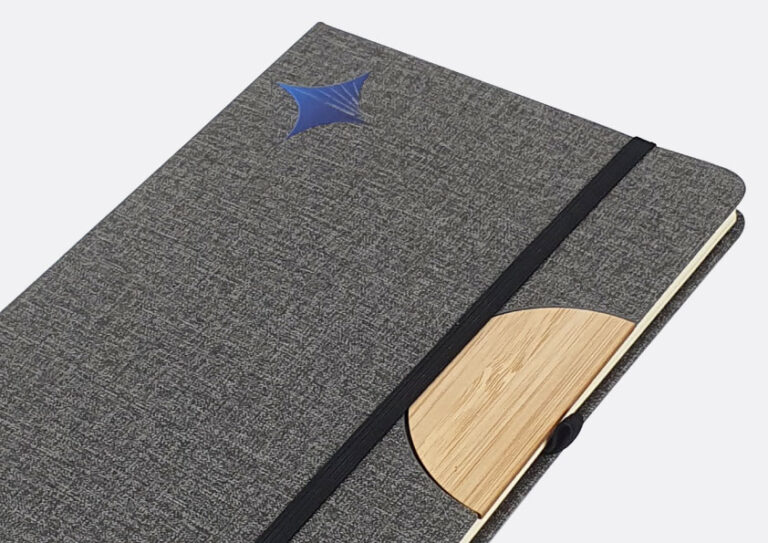
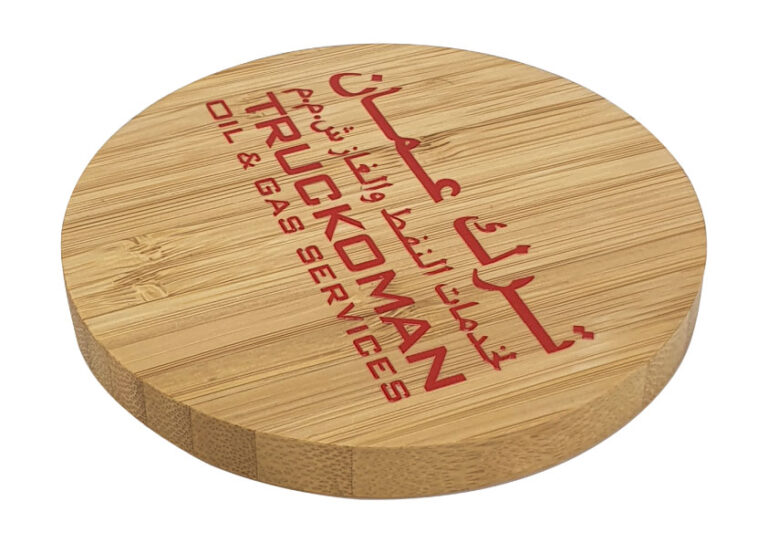
What's the difference of Digital Film Transfer vs your traditional UV Printing
With various challenging printing applications occurring, traditional printers could no longer satisfy different customers’ needs such as rapid processing, abrasion and even printing on hard surfaces. As a result, an innovative technology, UV printing – was invented to fill the gaps of traditional printing. Although the UV printer was developed to meet customers’ unsatisfied demands, it still has its shortcomings. For example, if the surface of an object is a bevel face with a relatively obvious slope, it will be hard for UV printers to print what you designed accurately.
To solve the problems left by UV printers, a more innovative and cleverer idea was applied to DTF printers. Since UV printers cannot print on an inclined plane, DTF printers prints on the PET film first instead of printing directly on the surface of an object. After finishing the powdering and heat-press process, your design will be transferred to the object even if its surface is irregular or an inclined plane. But for now, DTF printers are mainly applied to textile/leather printing.
However, due to the differences in ink and lack of UV printing technology, the color vibrancy of patterns printed by DTF printers is slightly lower. And, although DTF printers are professional in printing on substrates such as textile and leather, the printing effect on other substrates is not as satisfactory as UV printers. Those who pursue ultimate printing technology combined the advantages of UV printers and DTF printers and created the Film Transfer. This type of printing service can print not only on flat surfaces but also on curved and difficult shapes that not a normal UV printers are unable to print, Digital Film Transfer also print out high-quality patterns with tenderness and accuracy.
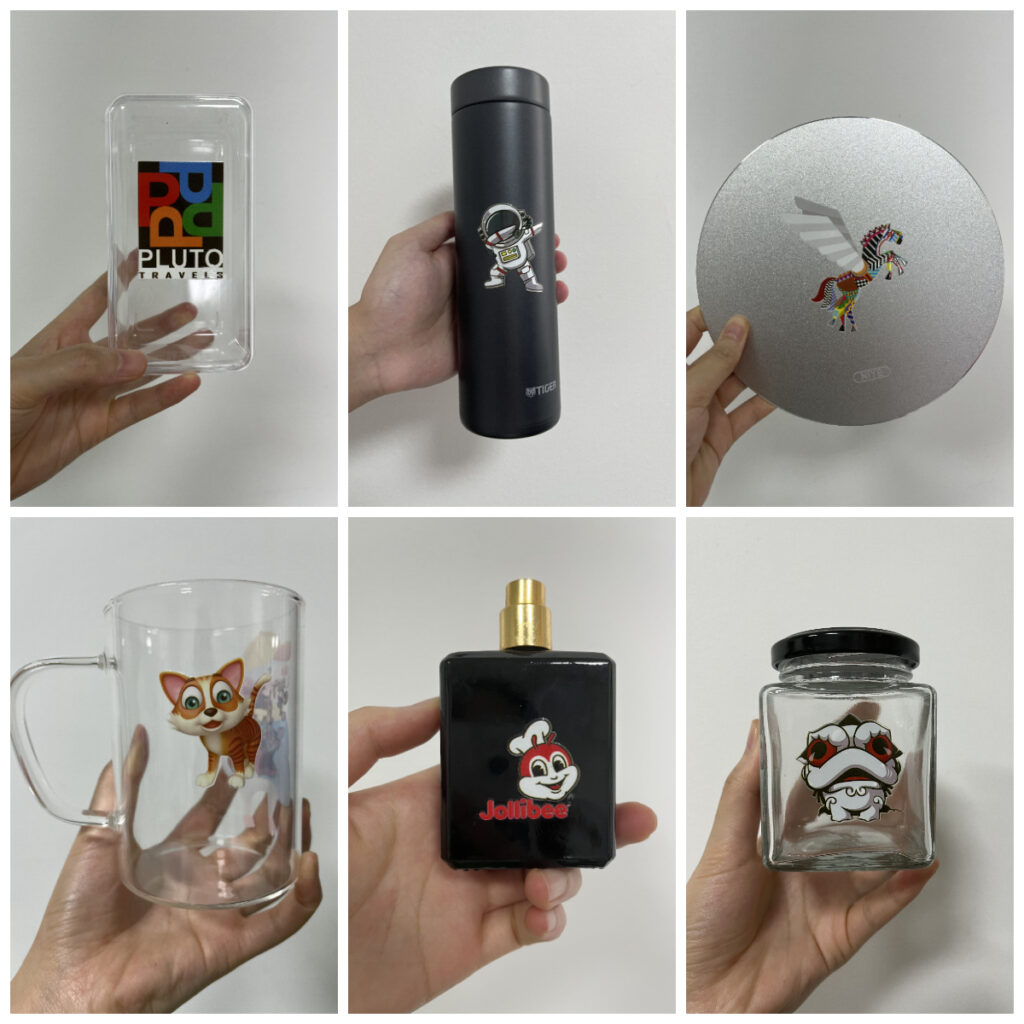
PRO'S of Digital Film Transfer
- Breaks the limits of UV printers - Digital Film Transfer can print on almost all materials and surfaces.
- It takes simple steps to finish printing.
- The pattern dries out the moment it comes out of the press. Just press with your fingers, and you don’t need to prepare a heat transfer machine.
- Support varnish printing and provide higher working efficiency.
- Other advantages that UV printers enjoy.
- UV printing process is more environmentally friendly. As UV curing ink is not solvent based, there will be no harmful substances evaporated to the surrounding air
Digital Film Transfer Working Process
Design Pattern
Use photoshop, illustrator or other software to design your pattern.
Print to Film
Print the pattern on the direct transfer film first, and print in the order of white ink, color ink, and varnish.
Transfer Film
After printing, put the PET film on the direct transfer film. It is recommended to use a laminating machine to press it. Of course, it can also be operated manually.
Paste on Material
Cut out the desired pattern and paste it on the material to be pasted. Press the pattern repeatedly, slowly tear open the film, finished.
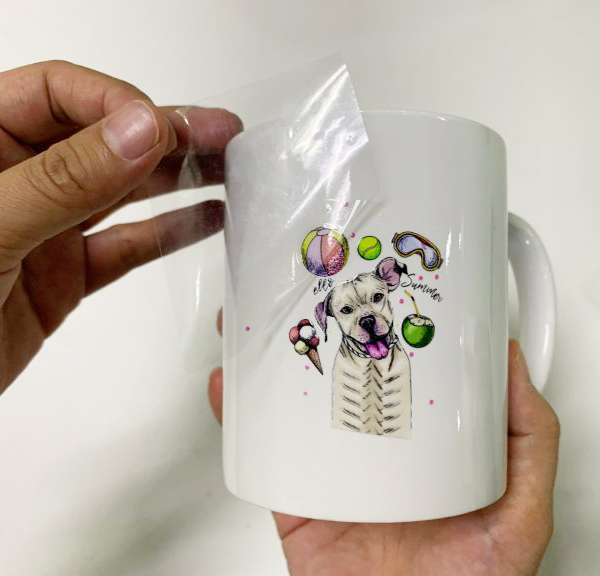
Digital Film Transfer is versatile due to the type of surfaces the designs can go on, such as metal, leather, wood, paper, plastic, ceramic, glass, etc. It can even be transferred onto irregular and curved surfaces.
To summarize, Digital Film Transfer is a highly flexible printing technique; it can be helpful if you want to print on almost anything where a traditional UV printing machine cannot, print logos on household electrical appliances, and so much more. Furthermore, you can customize objects with any logo you want with UV printing. It is also suitable for outdoor objects as they are durable and resistant to scratch and wear over time.